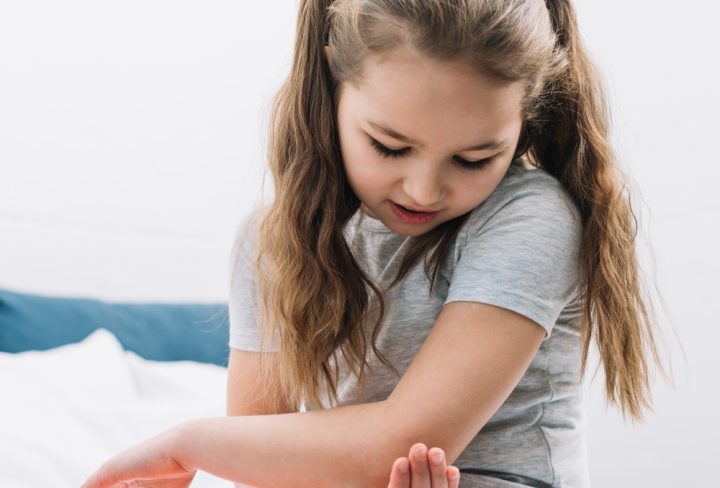Introduction
Insect bites can be a common occurrence, especially for children. While most bug bites can be treated at home, it’s important to know when to seek medical attention. This comprehensive guide will provide you with valuable information on how to handle and treat insect bites effectively. We’ve got you covered from relieving itching and pain to managing infected bites. Learn the proper steps to take at home and when it’s necessary to contact a healthcare professional. Read on to discover effective treatments and strategies for insect bites.
How to Treat an Itchy Insect Bite
Dealing with the itchiness caused by insect bites can be quite uncomfortable. Fortunately, there are several effective home remedies you can try:
Apply a 1% hydrocortisone cream: This over-the-counter corticosteroid cream can significantly reduce itching. Apply it up to three times a day until the itch subsides.
Use a baking soda paste: Create a paste using baking soda and water and apply it to the affected area. If you don’t have hydrocortisone cream, this can serve as a temporary alternative.
Apply cold compression: Place ice in a wet washcloth and apply it to the bite for 20 minutes. The cold temperature can help alleviate itching.
Administer allergy medicine: Consider using an over-the-counter antihistamine if the itching persists. It can be especially helpful for allergic children.
How to Treat a Painful Insect Bite
Painful insect bites can be distressing, but there are several methods you can use to alleviate discomfort:
Apply a baking soda paste: Soak a cotton ball in a mixture of baking soda and water, then gently rub it on the bite for 15 to 20 minutes.
Use ice therapy: Wrap an ice cube in a wet washcloth and apply it to the affected area for 20 minutes. The cold temperature can help numb the pain.
Administer pain relievers: Over-the-counter pain relievers like paracetamol or ibuprofen can be given to help manage pain. Follow the recommended dosage instructions.
How to Treat an Infected Bite
In some cases, insect bites can become infected. If you suspect your child’s bite is infected, follow these steps:
Apply an antibiotic ointment: Use an antibiotic ointment specifically designed for wound care. Apply it to the infected area to prevent further infection.
Maintain clean fingernails: Ensure your child’s fingernails are clean and trimmed to prevent scratching and the spread of infection.
Cover the bite with a bandage: Use a sterile bandage, such as a Band-Aid, to cover the infected bite. This will protect the wound and prevent scratching.
Cleanse the area regularly: Wash the infected bite with mild soap and water twice to thrice daily. After cleansing, reapply the antibiotic ointment and cover it with a fresh bandage.
Seek medical attention: If you notice increased redness, pain upon touch, red streaks, fever, or pus, contact a healthcare professional immediately. These symptoms may indicate a more serious infection.
Conclusion
Insect bites are a common occurrence, but with proper treatment, they can be managed effectively at home. By following the guidelines outlined in this article, you can provide relief to your child from itching and pain caused by insect bites. Remember to be vigilant for signs of infection and seek medical attention if necessary. With these tips and strategies, you’ll be well-equipped to handle insect bites and ensure your child’s comfort and well-being.

